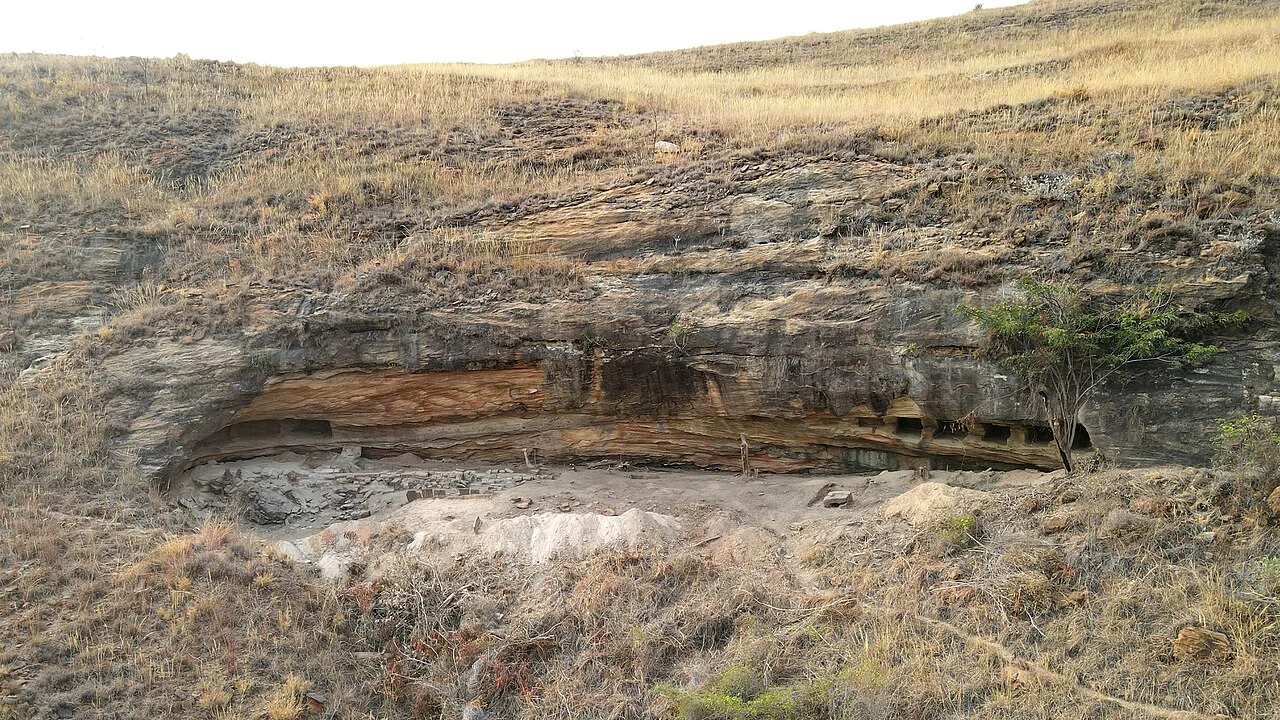A collection of rock-cut structures discovered in the highlands of southwestern Madagascar could redefine Madagascar’s historical narrative and reshape our understanding of the island’s early history.
Following a study led by Guido Schreurs of the University of Bern, a collection of carved sandstone niches, artificial terraces, and stone basins were discovered in Teniky, located in Madagascar’s southwestern Ihorombe region.
Radiocarbon dating places the structures from between the late 10th and early 12th centuries AD.
According to the study, published in the journal Azania: Archaeological Research in Africa, the structures are not typically associated with traditional Malagasy architecture but instead appear to resemble Zoroastrian funerary sites in Iran.
Zoroastrian is an Iranian religion centred on the Avesta and the teachings of Zarathushtra Spitama. It is one of the world’s oldest religions, believed to first emerge around 3,500-years-ago.
The structures appear to resemble the Zoroastrian “towers of silence” – platforms where bodies were exposed to the elements in accordance with ancient Persian funerary customs.
This raises the possibility of unexpected Persian influence in Madagascar during this period, aligning with the bustling Indian Ocean trade that connected East Africa, Arabia, Persia, India, and Southeast Asia. This is confirmed by fragments of Chinese and South Asian ceramics also discovered Teniky.
Teniky’s inland location, more than 200 kilometres from the coast, adds another layer of intrigue, suggesting its inhabitants were part of an extensive web of long-distance trade and cultural interaction.
According to the study authors, this discovery challenges the historical narrative of Madagascar’s early population being primarily shaped by migrations from the African mainland and Southeast Asia.
Header Image Credit : G – CC BY-SA 4.0
Sources : Azania: Archaeological Research in Africa





